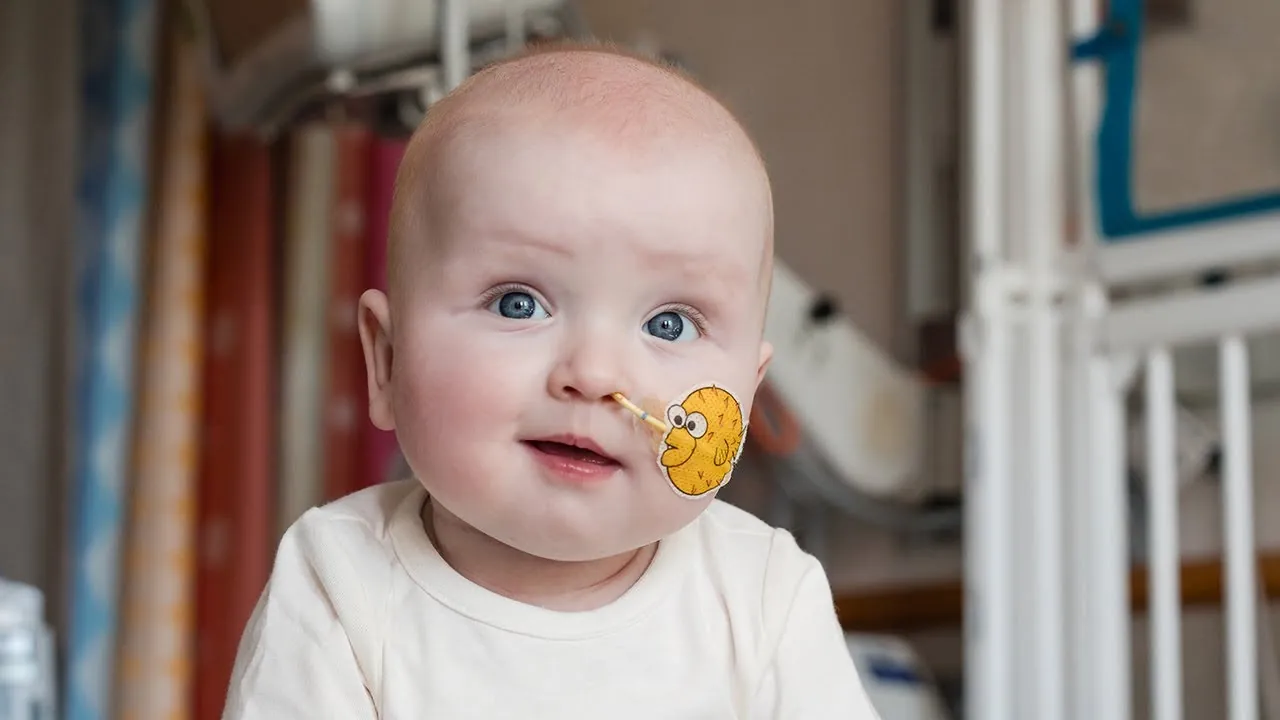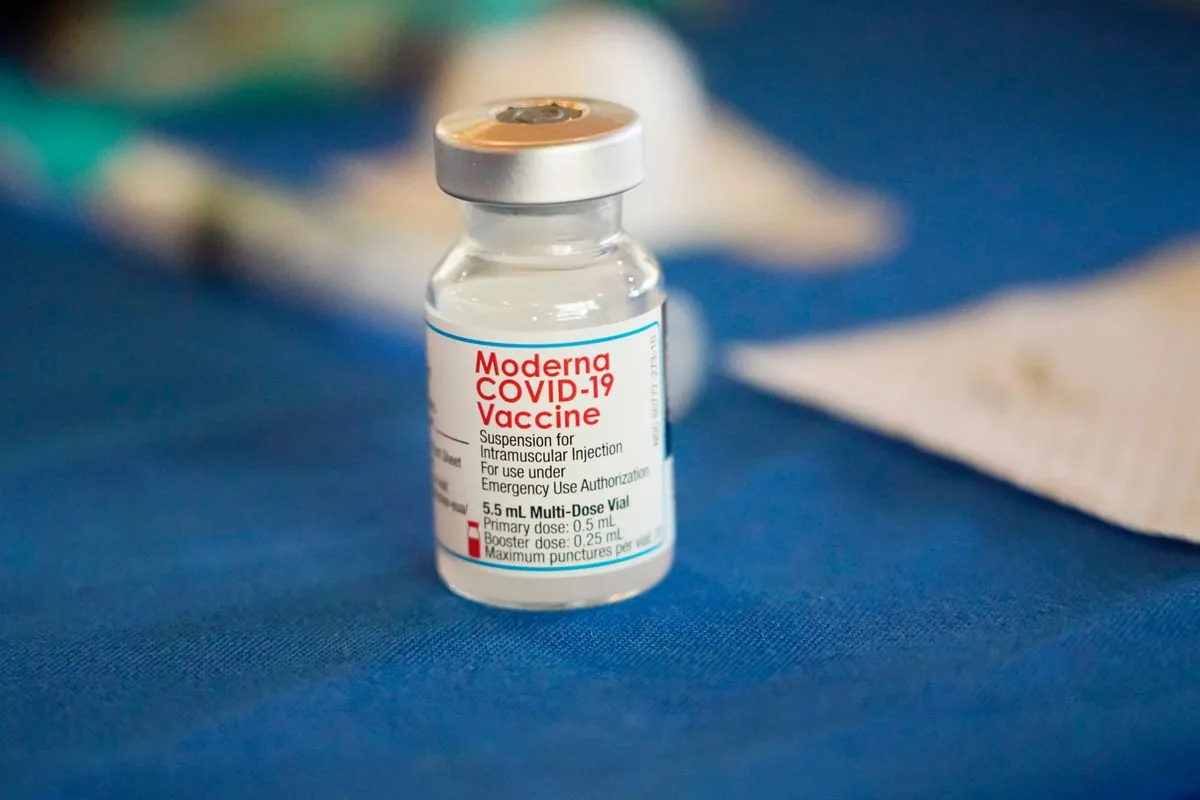Philadelphia, Pennsylvania —(Map) Scientists have created the first gene-editing medicine made for a single patient.
Test showed that KJ’s DNA had a mistake which made it hard for his body to get rid of a dangerous chemical called ammonia.
But because of the problem with his genes, KJ’s liver couldn’t get rid of ammonia.
Scientists at Penn Medicine had been working on the idea of creating medicines to fix the genes of a single patient.
The researchers studied KJ’s DNA.
Map of Philadelphia, Pa.
The first gene-editing medication for a single patient has been developed by researchers. The young child who was ill due to a genetic issue is now much better and should return home shortly.
Doctors realized KJ Muldoon was having difficulties shortly after his birth. A test revealed that KJ had a genetic error that hindered his body’s ability to eliminate the harmful chemical ammonia. An excessive amount of ammonia can harm the brain and other organs. Approximately 50% of newborns with this condition pass away while still in the womb.
Ammonia is produced by the human body during the digestion of proteins. The liver aids in the removal of this ammonia in a healthy individual. However, due to a genetic issue, KJ’s liver was unable to eliminate ammonia.
Waiting for a liver transplant would have been extremely risky, and KJ was too young and frail for one. Physicians at Children’s Hospital of Philadelphia (CHOP) asked KJ’s parents if they would be interested in trying a novel approach—a medication specifically designed for KJ. Yes, his parents agreed.
The concept of developing medications to correct a single patient’s genes had been the focus of Penn Medicine researchers. They now had an opportunity to give it a serious try. But with limited time to assist KJ, the pressure was on.
Researchers looked at KJ’s genetic material. Fixing a single misspelled letter in a three billion-letter word was the challenge. A CRISPR tool for editing KJ’s DNA was soon developed with the assistance of numerous scientists who put in a lot of overtime.
Mice and monkeys were then used to test the new medication. Positive outcomes were obtained; the new treatment seemed safe and beneficial to the animals. The FDA approved the new medication after only six months.
To help lower his ammonia levels, KJ had been receiving medication and special care during this time. When KJ received the first small dose of the new medication, which was intended to reach his liver and cause a single, minute alteration in his DNA, he was six months old.
KJ was able to consume protein without increasing his body’s ammonia levels shortly after the initial treatment. Because of the good outcomes, KJ’s doctors decided to give him two more doses. KJ is now much healthier and has put on some weight. For the first time in his life, the hospital anticipates that he will soon return home.
KJ isn’t totally recovered. He might require a liver transplant eventually and may need to continue taking medication. However, compared to his birth, he is in much better health now.
Medical professionals and scientists are ecstatic about the findings. For a single patient, the researchers and the businesses they collaborated with were able to develop a unique DNA-editing medication in just six months. Previously, that task would have required ten years or more. For more than just KJ, the project is a success. Millions of other people with illnesses that could be treated with comparable techniques are also given hope by it.







